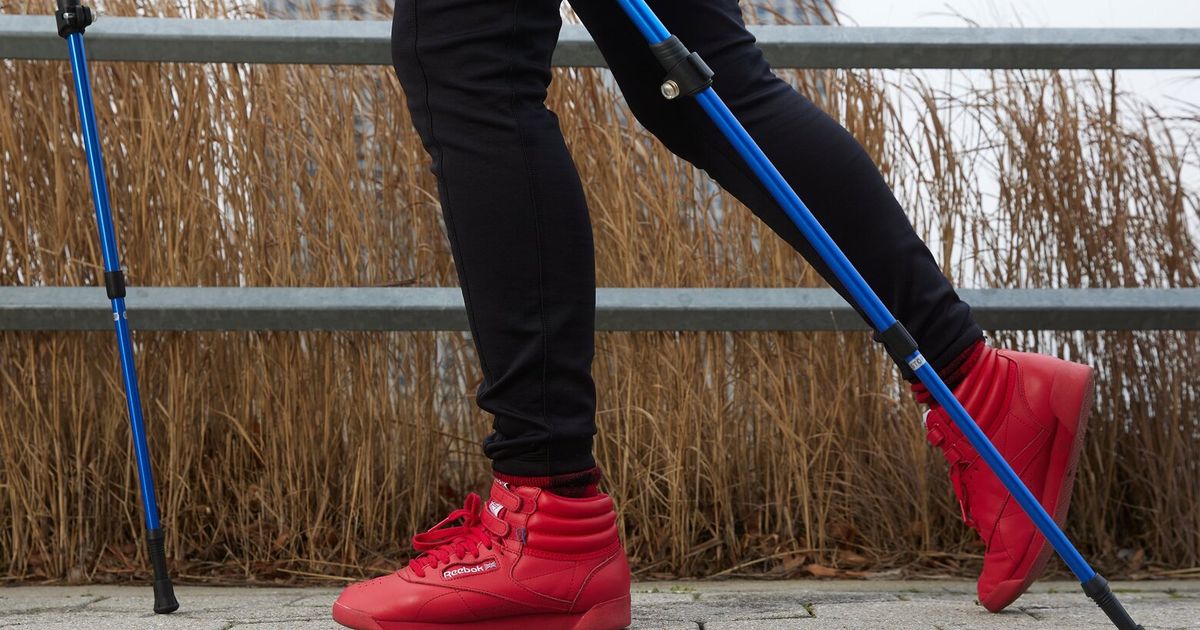Prevent Falls: Tips to Keep You Safe
Understanding the Gravity of Falls
In the United States, more than 14 million adults aged 65 and over report falling every year, a figure that is both alarming and preventable. The statistics starkly underline the urgency for proactive measures to prevent falls, as the risk significantly increases with age.

Begin with Home Safety
Enhancing home safety is the first step in fall prevention. Simple changes like installing grab bars in the bathroom, securing loose rugs, and improving lighting can significantly reduce the risk. Consider using non-slip mats to add an extra layer of protection.
"As individuals age, the significance of fall prevention becomes critical for maintaining independence and quality of life." — Centers for Disease Control and Prevention
Stay Physically Active
Regular physical activity strengthens muscles and improves balance, making daily activities easier and safer. Exercises like Tai Chi or yoga are especially beneficial for older adults in enhancing balance and coordination.
- Strength Training
- Balance Exercises
- Flexibility Activities
Consult Health Professionals
Regular check-ups with healthcare providers can help detect and manage fall risks. Vision checks are vital since poor eyesight can lead to missteps and falls. Medication reviews are also crucial to prevent side effects like dizziness that could increase fall risk.
Using Technology to Your Advantage
Modern technology offers gadgets and wearables that can alert loved ones in case of a fall, ensuring timely assistance. Devices like Amazon's Alexa can be integrated into routines for reminders and alerts (View on Amazon).
Nutrition and Hydration
A balanced diet rich in calcium and vitamin D can fortify bone health, decreasing the odds of a fall resulting in fractures. Equally important is proper hydration, as dehydration can lead to dizziness.
For further insights, tune into relevant educational videos on YouTube or read indepth articles provided by the National Institute on Aging here.

